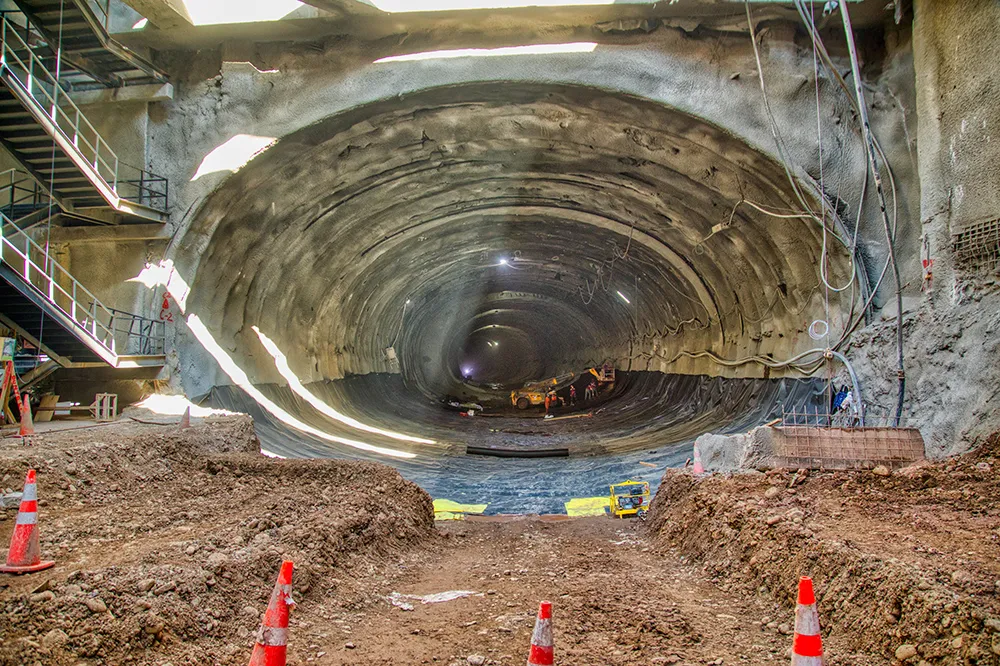Chilean capital Santiago looks set for traffic gridlock unless major steps are taken. Research predicts that the city will suffer traffic chaos by 2030 due to a rapid expansion in vehicle numbers. Vehicles are being sold at a rate of over 900/day and by 2030, congestion is forecast to reach levels similar to those seen in Latin American cities such as Mexico City, Caracas and Sao Paulo, all of which are notorious for their frequent traffic jams. Currently, there are over 1.3 million vehicles traversing Sant
May 14, 2012
Read time: 2 mins
Chilean capital Santiago looks set for traffic gridlock unless major steps are taken. Research predicts that the city will suffer traffic chaos by 2030 due to a rapid expansion in vehicle numbers. Vehicles are being sold at a rate of over 900/day and by 2030, congestion is forecast to reach levels similar to those seen in Latin American cities such as Mexico City, Caracas and Sao Paulo, all of which are notorious for their frequent traffic jams. Currently, there are over 1.3 million vehicles traversing Santiago. That figure could double within 20 years, given the growth rate of the country’s market. The study predicting traffic chaos in Chile's capital was undertaken by the University of Chile and 5522 Cepal. The study modelled three scenarios. Carrying out no infrastructure improvements would see a predicted vehicle fleets of some 2.37 million in the city by 2030, with heavy congestion. The second scenario envisaged direct market intervention, with a 100% increase in motorway construction and 30% expansion of current highways leading to a vehicle population of some 2.74 million and more traffic jams. The third scenario envisaged State measures such as investment in public transport improvements and congestion control, which would result in the vehicle fleet reaching 1.8 million and would keep congestion at around current levels.








